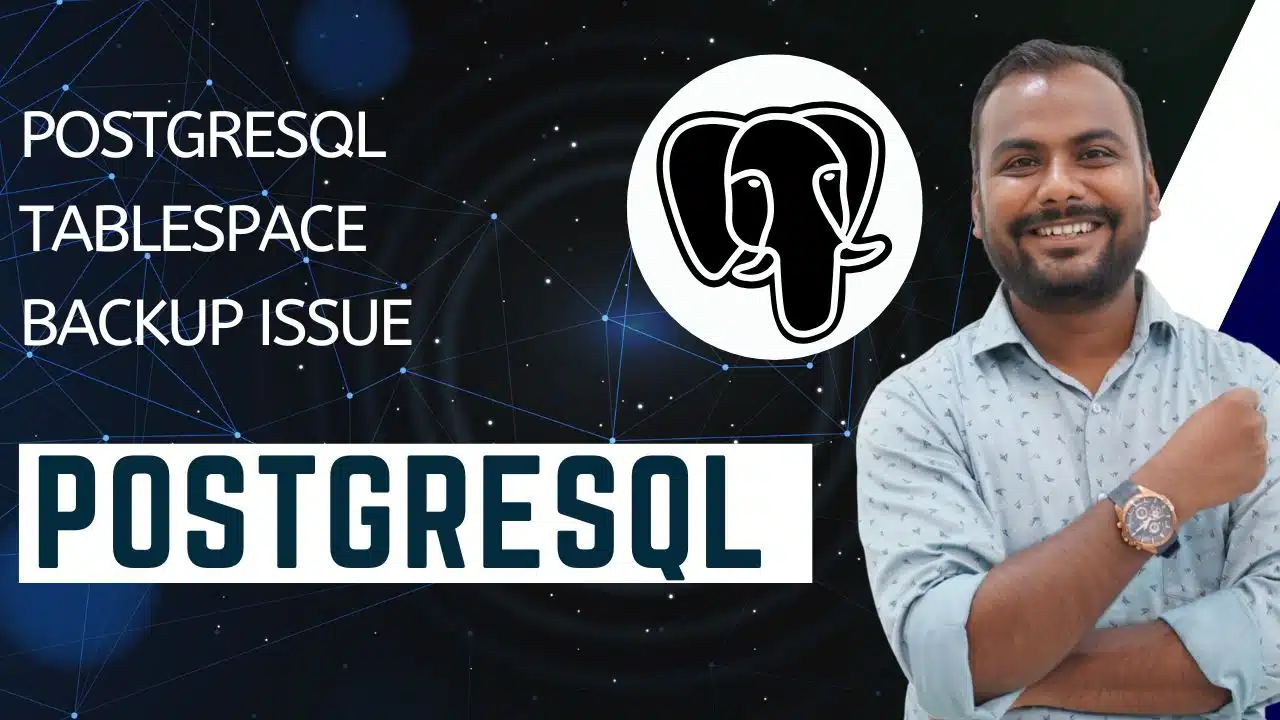PostgreSQL Tablespace Backup Issue
PostgreSQL Tablespace Backup Issue – What You Need to Know!
PostgreSQL is a powerful, open-source relational database system known for its robustness and flexibility. One of its advanced features is tablespaces, which allow database administrators to define locations in the file system where the database stores its data. While tablespaces offer great control over data placement and performance optimization, they can introduce complexities—especially when it comes to backups.
In this post, we’ll explore the common issues surrounding PostgreSQL tablespace backups, why they occur, and how to resolve them effectively.
What Are Tablespaces in PostgreSQL?
Tablespaces in PostgreSQL are essentially pointers to physical directories on the server’s file system. They allow you to store database objects (like tables and indexes) outside the default data directory. This is particularly useful for:
- Distributing I/O across multiple disks
- Managing large datasets
- Isolating workloads
However, because tablespaces reside outside the main PostgreSQL data directory, they require special attention during backups.
Common Backup Issues with Tablespaces
1. Missing Tablespace Data
If you use traditional file system-level backup tools (like rsync or tar) and only back up the PostgreSQL data directory, you might miss the tablespace directories, leading to incomplete backups.
2. Incorrect Symlink Handling
PostgreSQL uses symbolic links to reference tablespaces. If your backup tool doesn’t handle symlinks correctly, it may back up the link itself rather than the actual data, causing restore failures.
3. Inconsistent Snapshots
Backing up tablespaces separately from the main data directory can lead to inconsistent snapshots, especially if the database is active during the backup.
Best Practices for Backing Up Tablespaces
1. Use pg_basebackup
PostgreSQL’s built-in tool pg_basebackup is the safest way to perform physical backups. It automatically includes tablespaces and handles symlinks correctly.
pg_basebackup -D /backup/dir -Ft -z -P --wal-method=stream
Make sure the user running the command has access to all tablespace directories.
2. Ensure Tablespace Paths Are Accessible
During restore, PostgreSQL expects the tablespace directories to be available at the same paths. If you’re restoring to a different server, you may need to recreate or remap these paths.
3. Consider Logical Backups
For portability and simplicity, consider using logical backups via pg_dump. While this doesn’t preserve tablespace locations, it avoids many of the physical backup pitfalls.
pg_dump -Fc -f mydb.dump mydb
4. Automate and Monitor
Automate your backup process and monitor it regularly. Include checks to verify that tablespace data is being backed up and restored correctly.
Troubleshooting Tips
- Check Symlinks: Use
ls -lto verify that tablespace symlinks point to valid directories. - Verify Backup Contents: After backup, inspect the archive to ensure tablespace data is included.
- Test Restores: Periodically perform restore tests to validate your backup strategy.
Final Thoughts
Tablespaces are a powerful feature in PostgreSQL, but they come with backup challenges that can’t be ignored. By understanding how tablespaces work and using the right tools and practices, you can ensure your backups are complete, consistent, and restorable.
If you’re facing a specific issue with tablespace backups, feel free to share the error or scenario—I’d be happy to help troubleshoot!
At Learnomate Technologies, we make sure you not only understand such cutting-edge features but also know how to implement them in real-world projects. Whether you’re a beginner looking to break into the database world or an experienced professional upgrading your skillset—we’ve got your back with the most practical, hands-on training in Oracle technologies.








Let’s keep learning, exploring, and growing together. Because staying curious is the first step to staying ahead.
Happy learning!
ANKUSH😎






